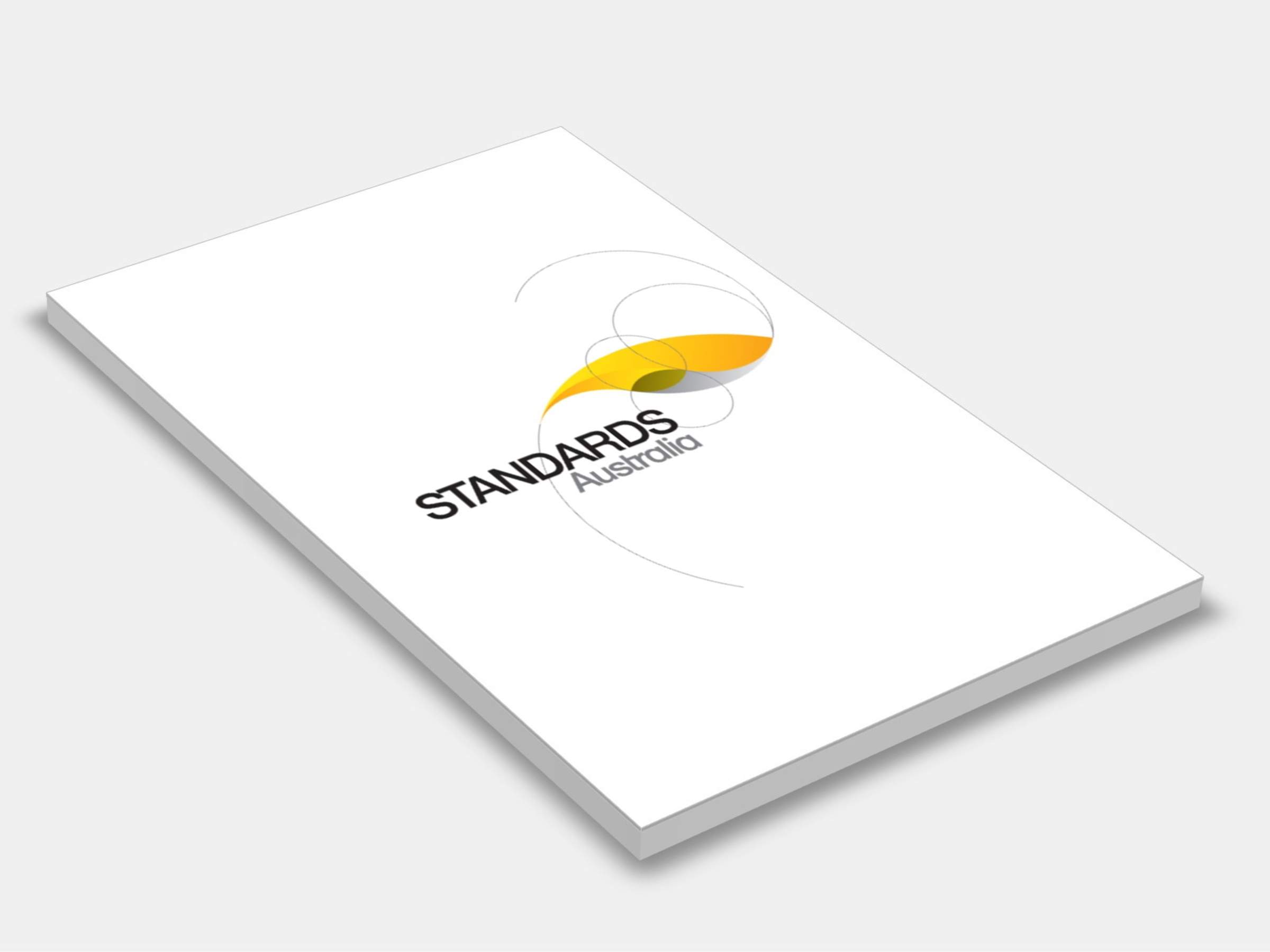
Type
Publisher
Standards Australia
Publisher
Standards Australia
Version:
Third Edition 1986.
(Current)
Short Description
Sets out requirements for fire-rated landing doors for retarding the passage of fire through openings in fire-rated liftwells; it applies where doors are required to have a fire-rating certificate.
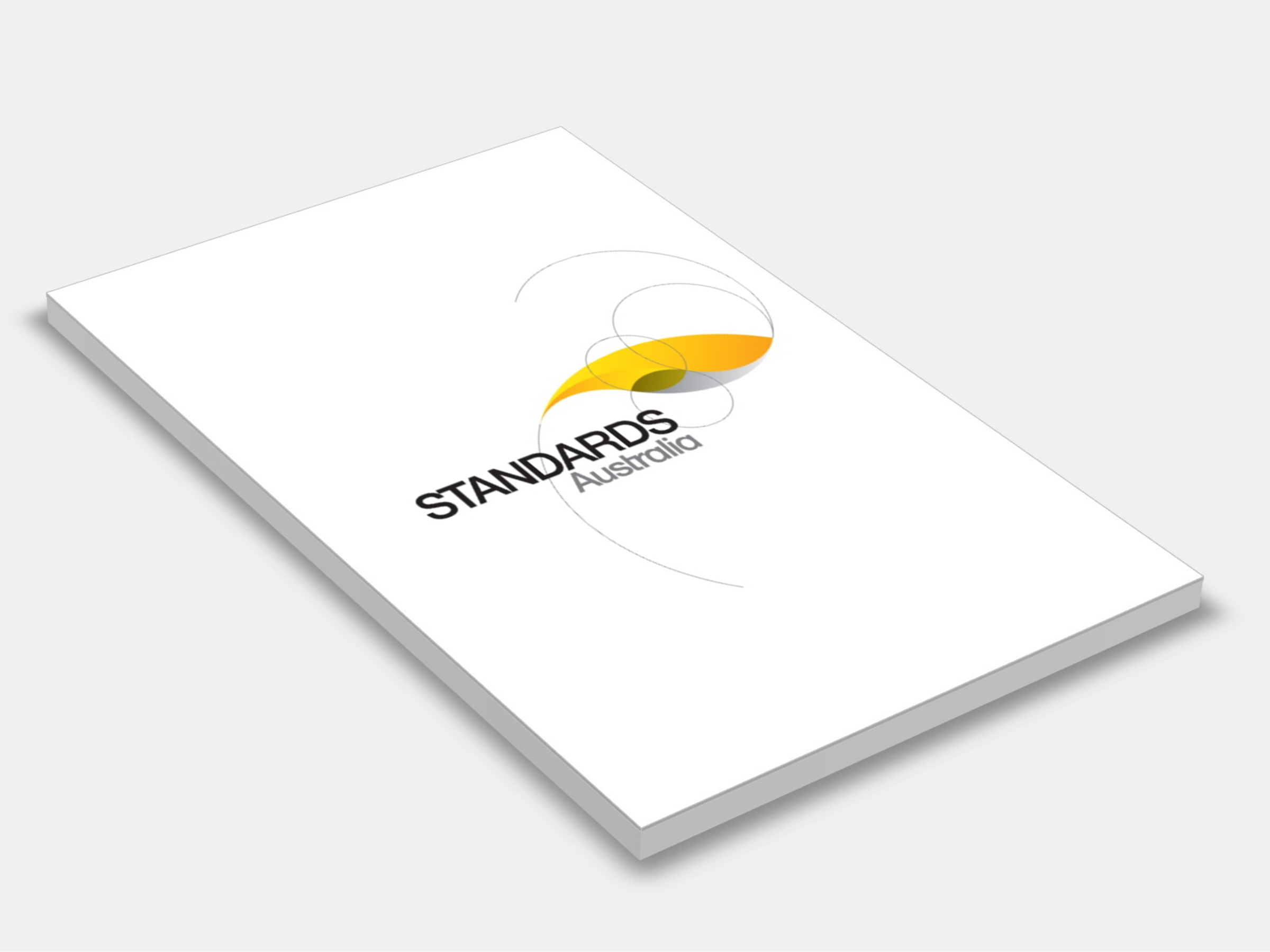
Type
Publisher
Standards Australia
Publisher
Standards Australia
Version:
Fourth Edition 2005.
(Current)
Short Description
Specifies requirements for distribution, location and installation of fire hose reels.
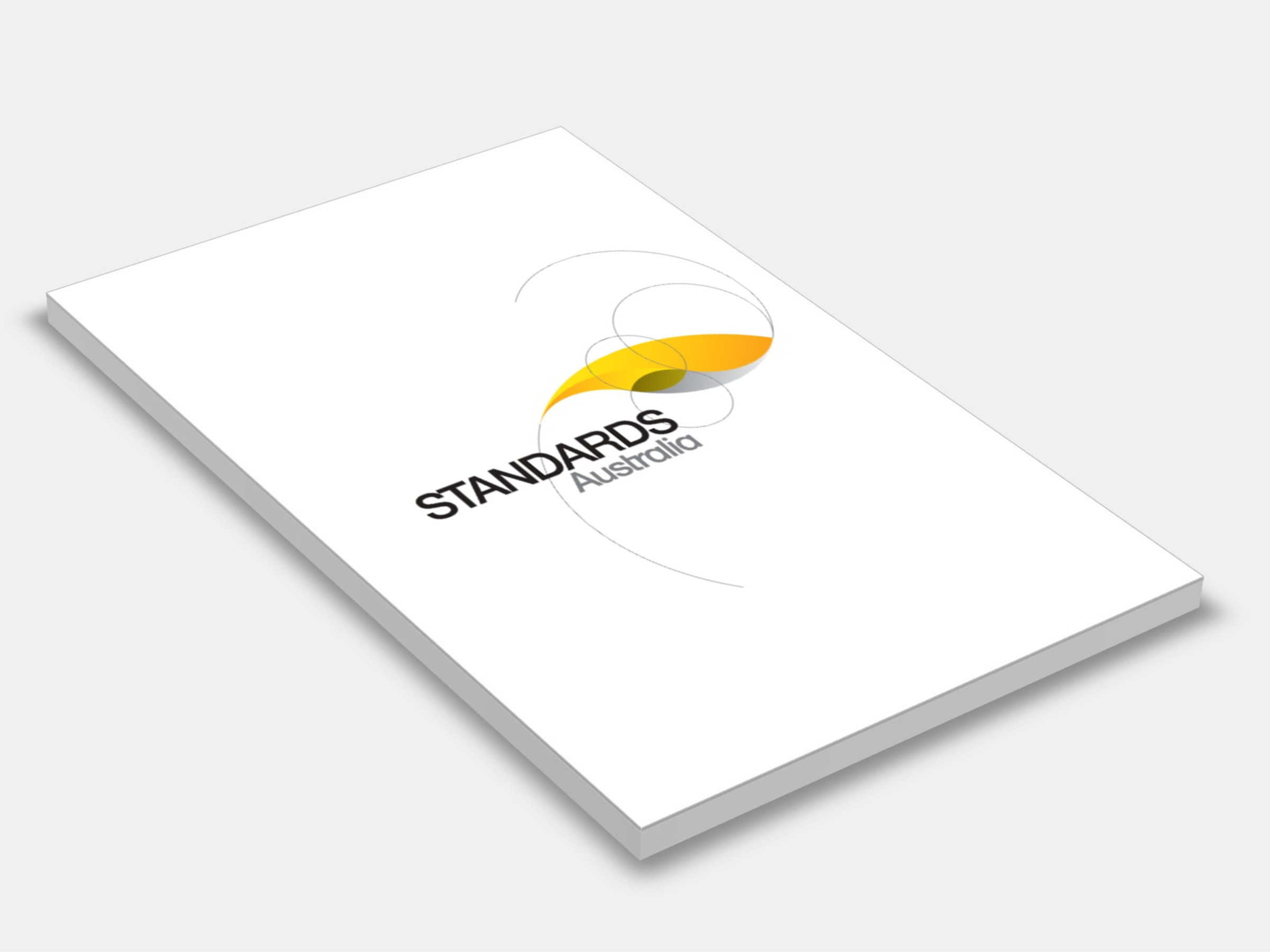
Type
Publisher
Standards Australia
Publisher
Standards Australia
Version:
First Edition 2019.
(Current)
Short Description
Specifies requirements for alarm systems for all types of passenger and goods passenger lifts; deals with the minimum information to be provided as part of the instruction manual related to maintenance and the rescue service.
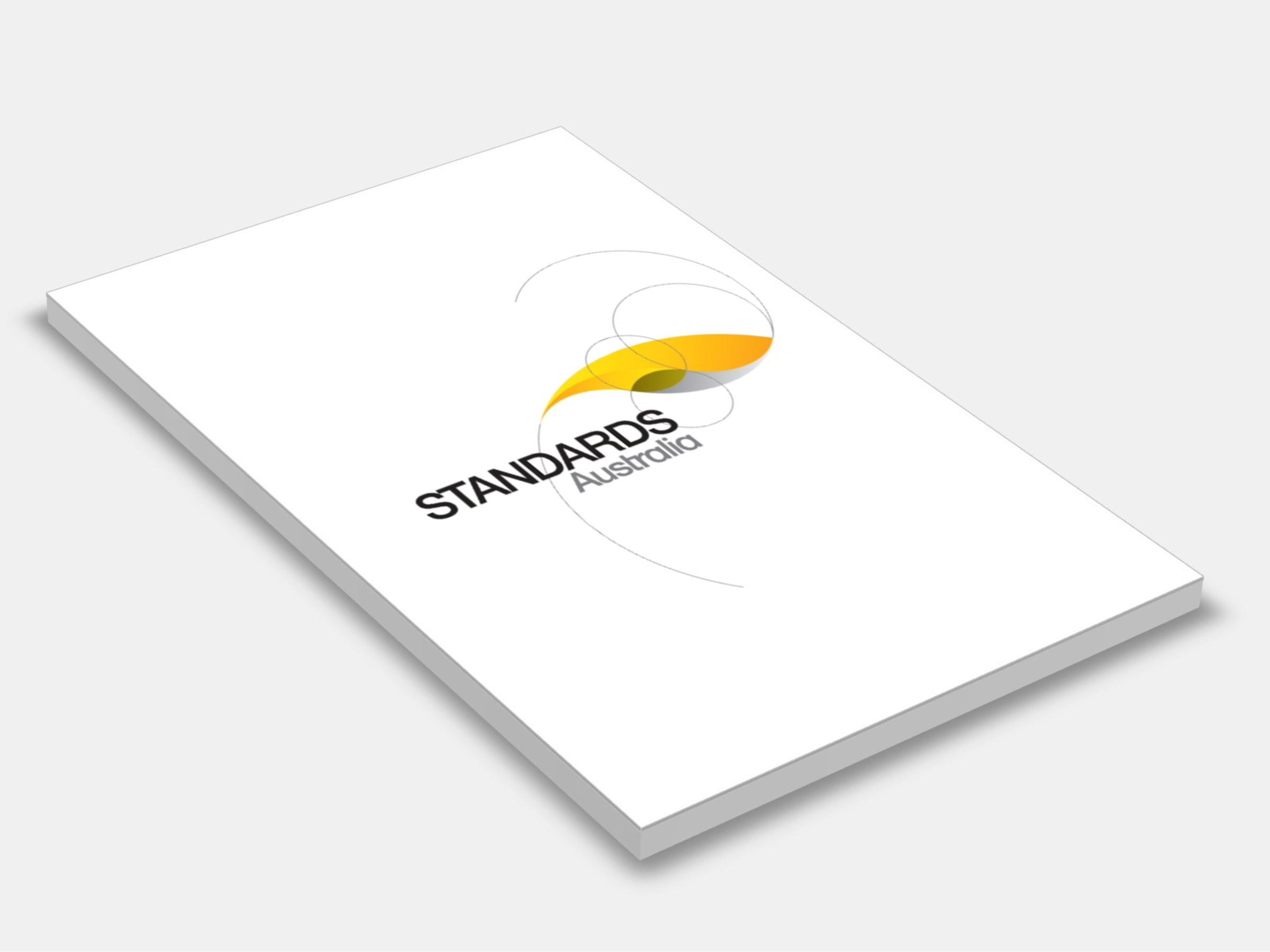
Type
Publisher
Standards Australia
Publisher
Standards Australia
Version:
First Edition 2020.
(Current)
Short Description
Adopts EN 81-70:2018 with modifications for Australia, which specifies the minimum requirements for the safe and independent access and use of lifts by a wide range of persons, including persons with disabilities.
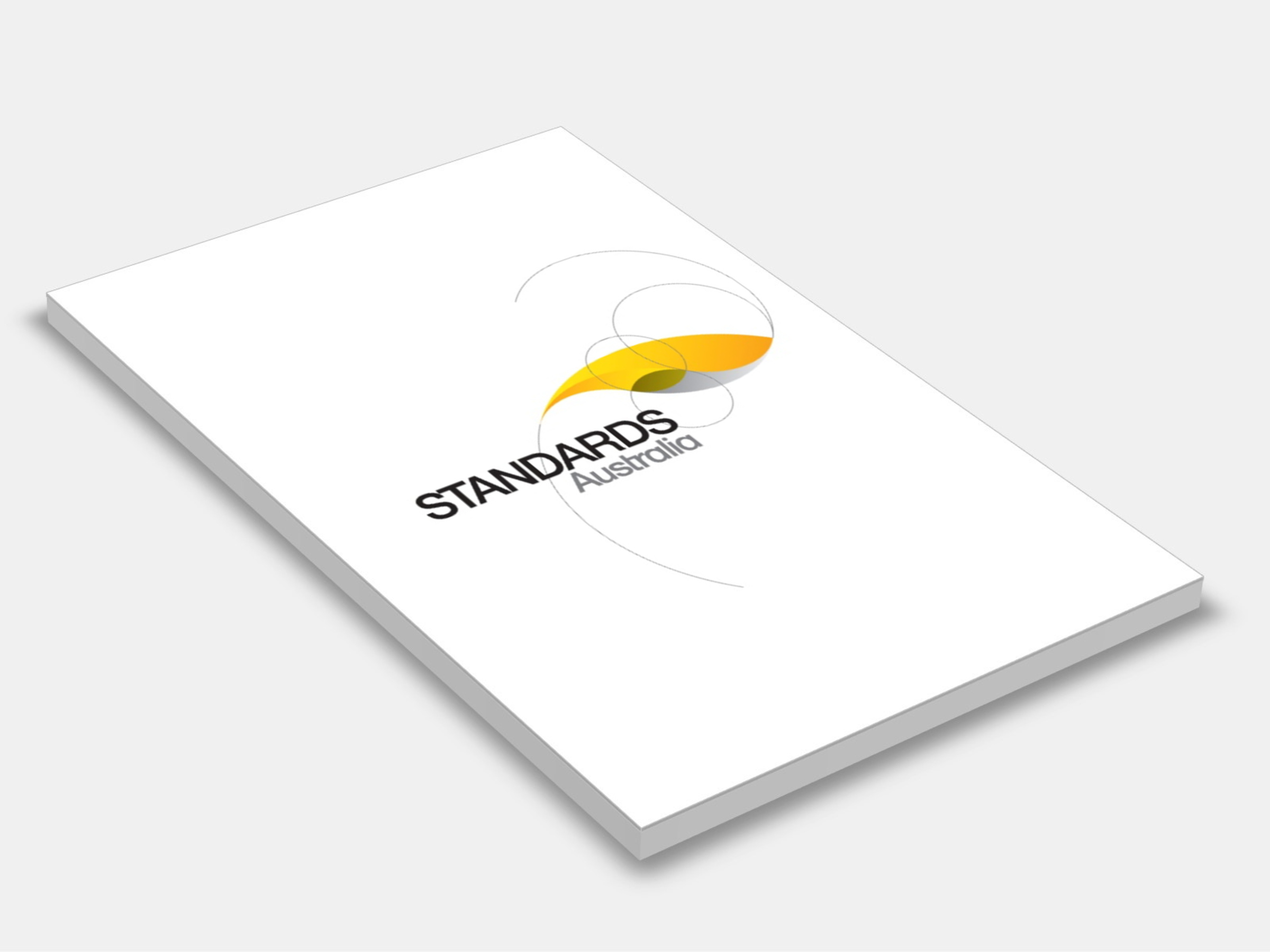
Type
Publisher
Standards Australia
Publisher
Standards Australia
Version:
Fourth Edition 2020.
(Current)
Short Description
Identically adopts EN 81 3:2000+A1:2008, specifying safety rules for the construction and installation of permanently installed new electric service lifts with traction or positive drive, or hydraulic service lifts defined as lifting equipment, serving defined landing levels, having a car which is inaccessible, suspended by ropes or chains or supported by a ram and moving between rigid vertical guide rails or guide rails.
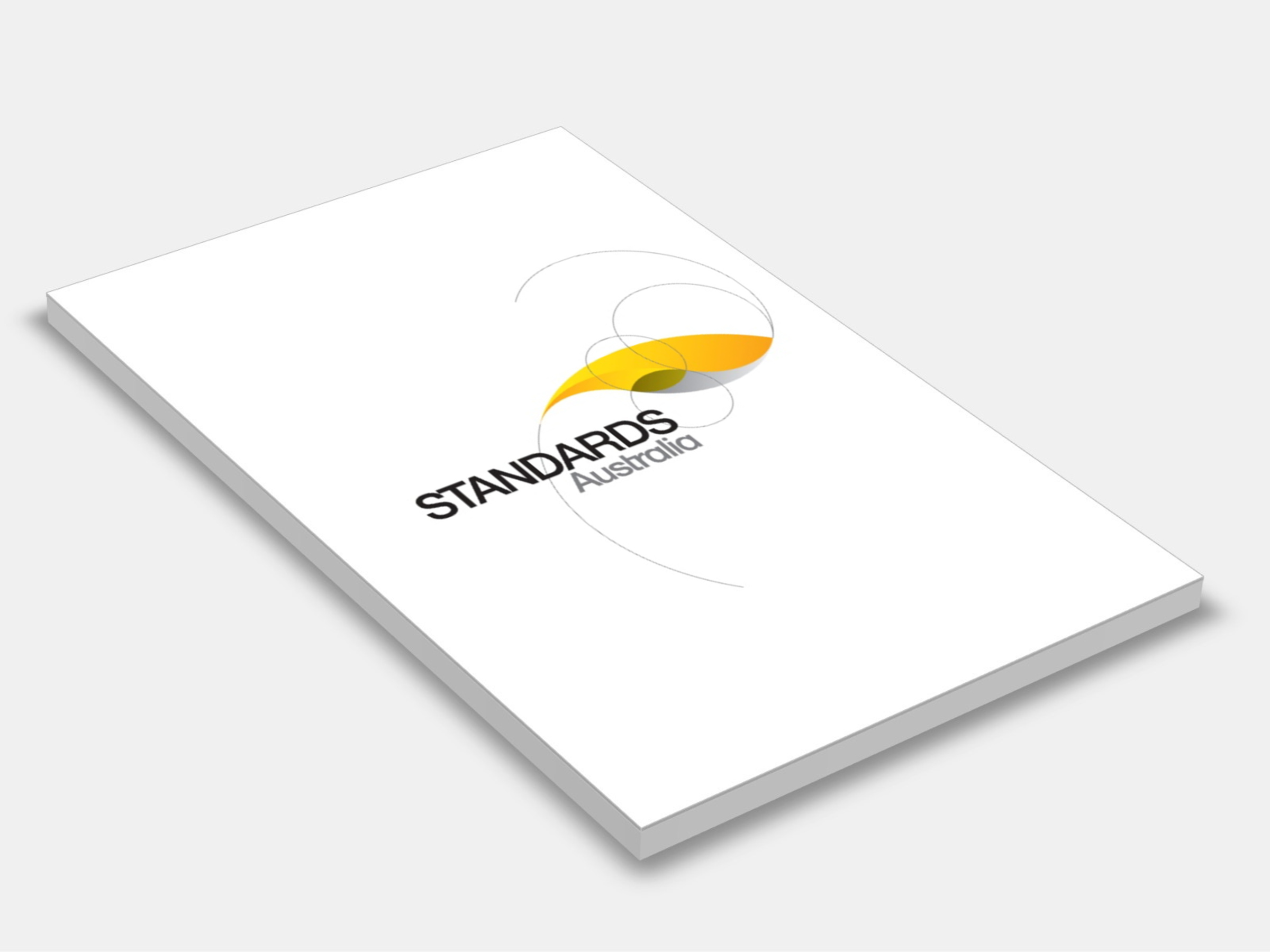
Type
Publisher
Standards Australia
Publisher
Standards Australia
Version:
Eighth Edition 2022.
(Current)
Short Description
AS 1735.1.1:2022 sets out uniform requirements and defines terms for lifts, escalators and moving walks in the AS 1735 series.
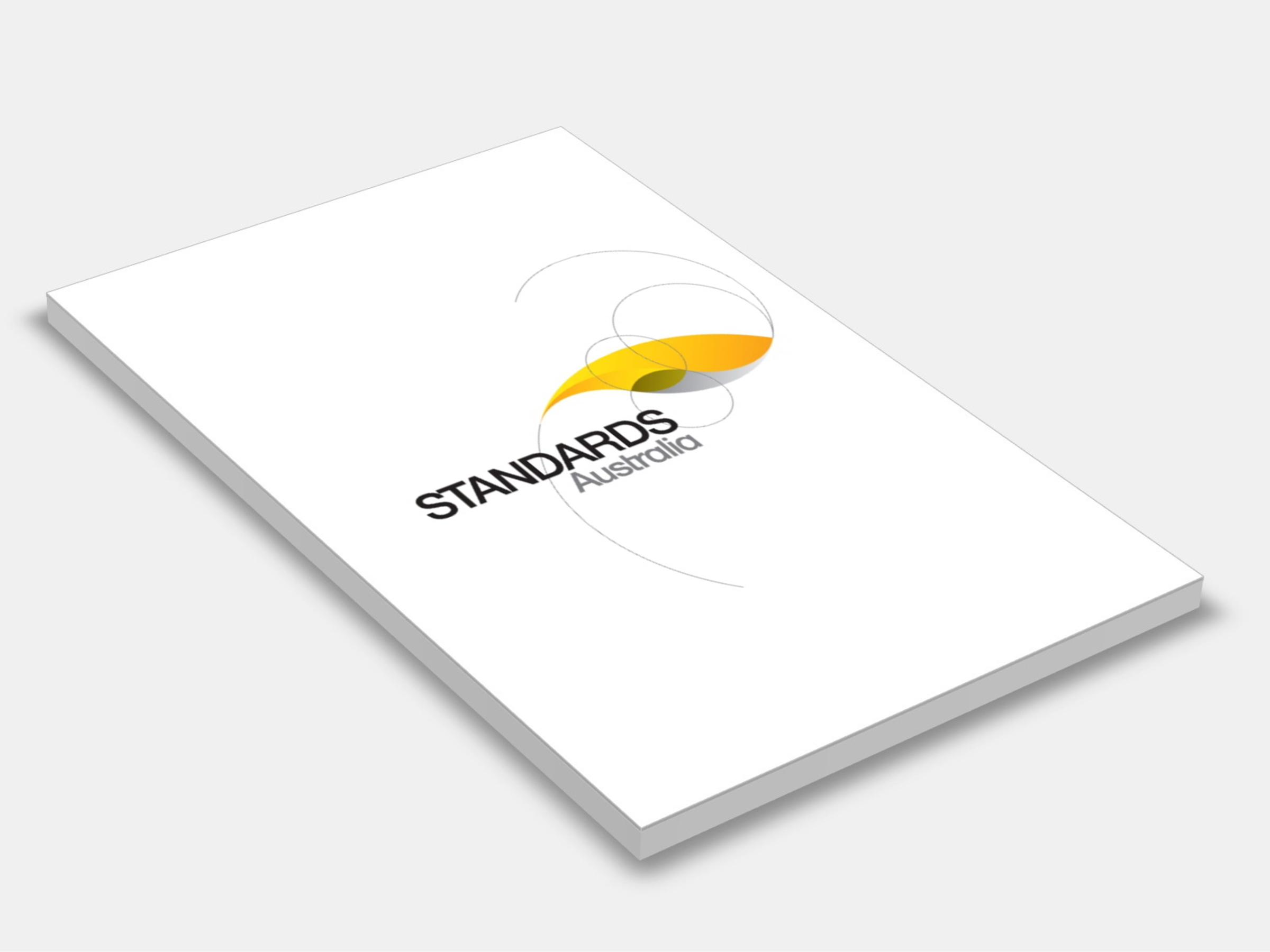
Type
Publisher
Standards Australia
Publisher
Standards Australia
Version:
Sixth Edition 2017.
(Current)
Short Description
Provides requirements for the planning, design, construction, and safe operation of all installations in which flammable or combustible liquids are stored or handled. In separate sections it deals with minor storage, package storage and handling, storage in tanks, fuel dispensing, piping and tank auxiliaries, operations and fire protection facilities. Appendices deal with tank venting, combustion characteristics, fire exposure protection, gas-freeing precautions and principles, and power station and grid transformers.
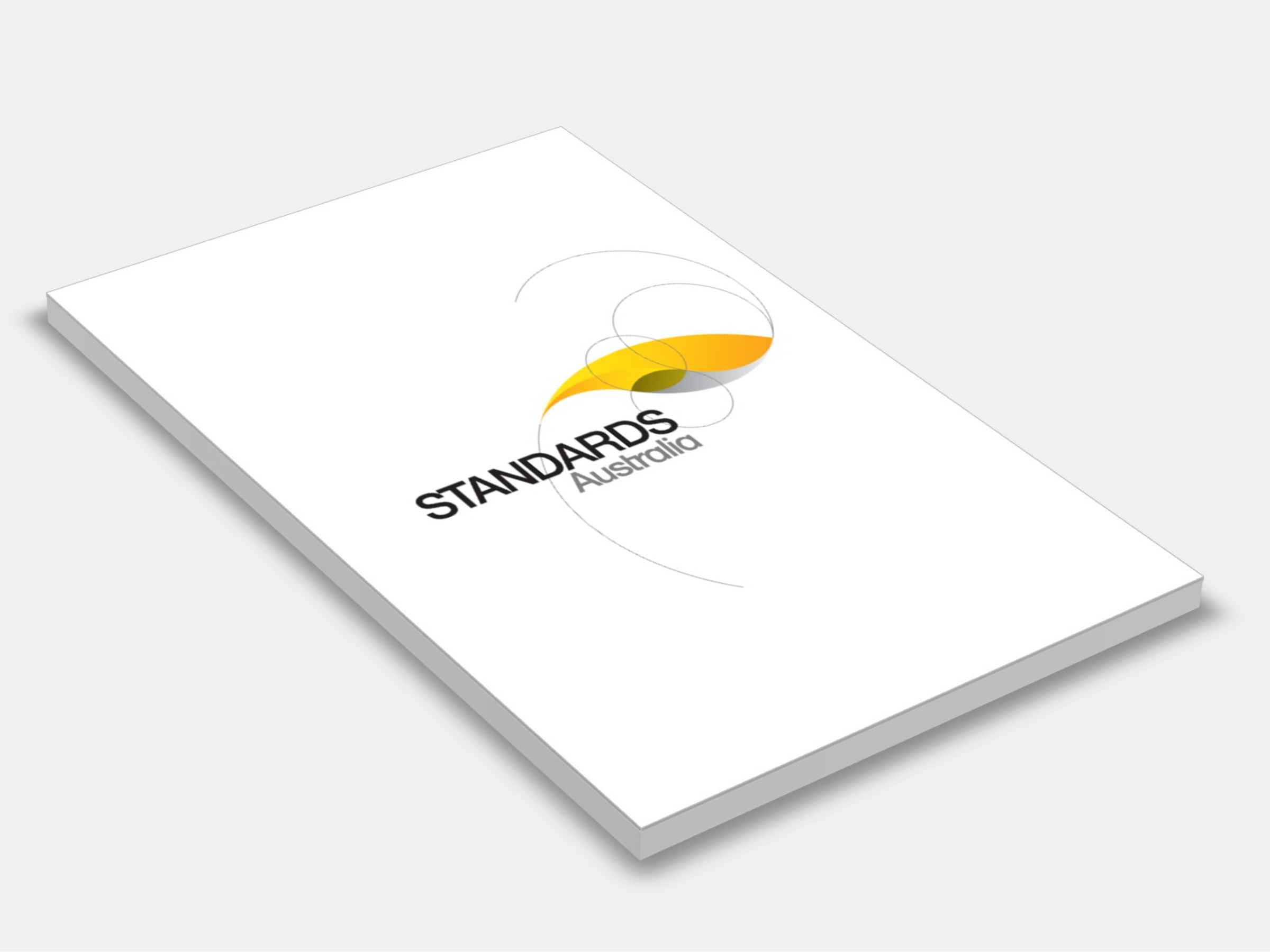
Type
Publisher
Standards Australia/Standards New Zealand
Publisher
Standards Australia/Standards New Zealand
Version:
Third Edition 2021.
(Current)
Short Description
Specifies common plumbing and drainage terms and associated definitions used in areas of the plumbing and drainage sector including product manufacturing specifications, design and installation standards (such as the AS/NZS 3500 series) and regulatory documents.
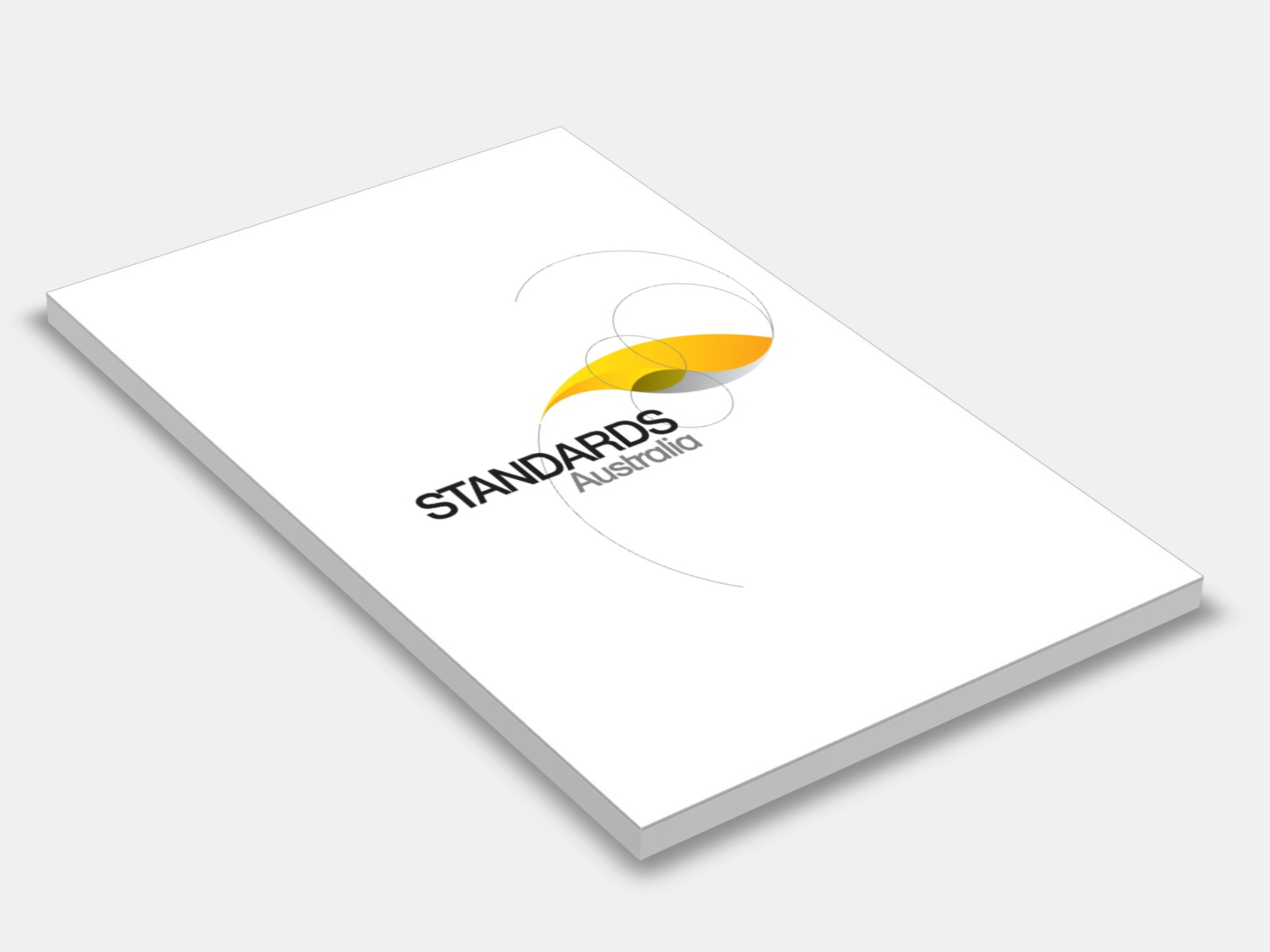
Type
Publisher
Standards Australia/Standards New Zealand
Publisher
Standards Australia/Standards New Zealand
Version:
Third Edition 2003.
(Current)
Short Description
Specifies requirements for the design, construction, location, and operation and testing of systems for the storage and handling of anhydrous ammonia. Requirements for the management of emergencies involving anhydrous ammonia and for the fire protection associated facilities are also specified.
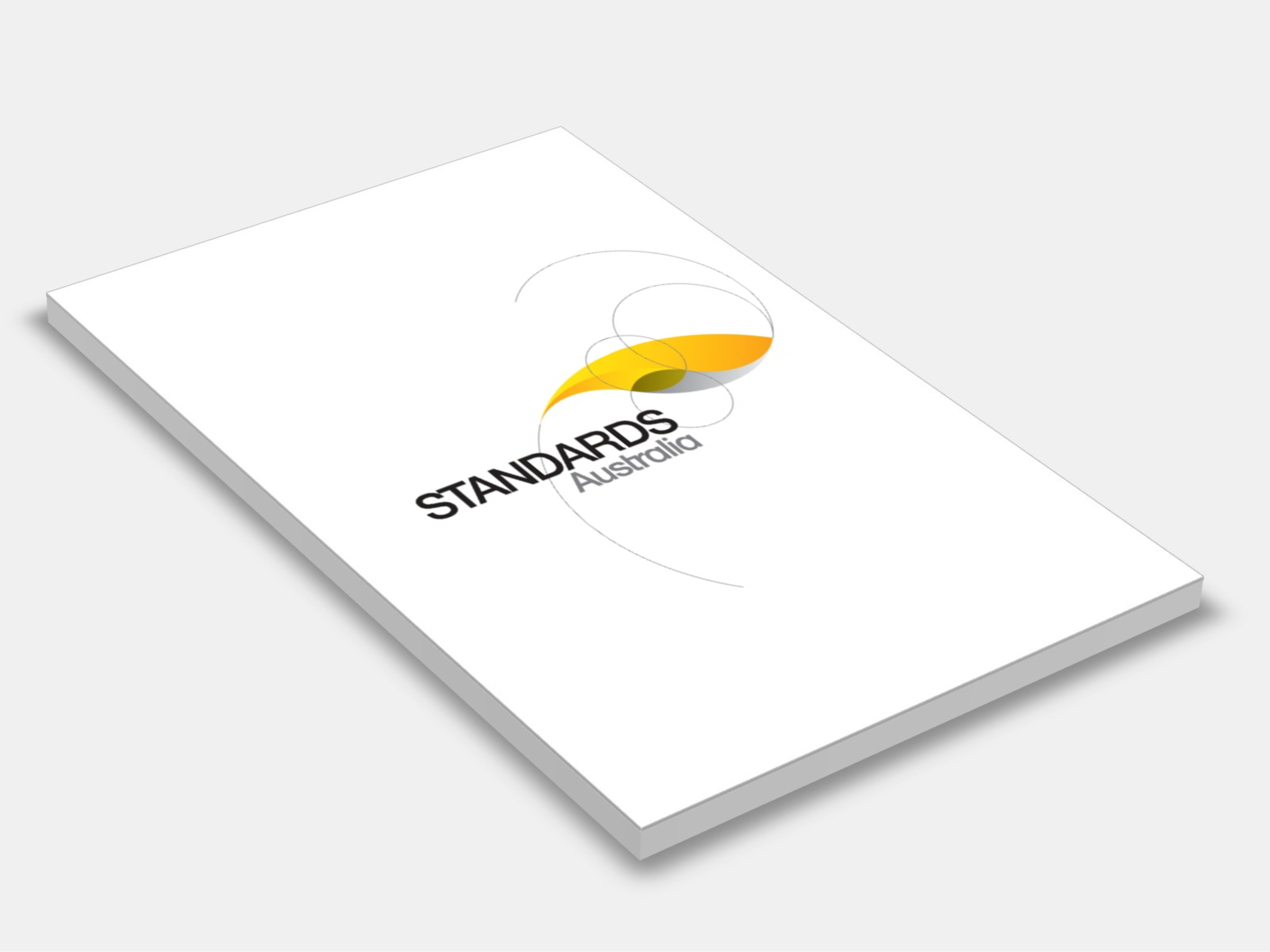
Type
Publisher
Standards Australia
Publisher
Standards Australia
Version:
Second Edition 2004.
(Current)
Short Description
Sets out requirements and recommendations for the storage and handling of gases in cylinders, as classified as Class 2 dangerous goods in the ADG Code. It applies to stores where individual gases (other than those which are covered by specific Australian Standards) are kept, and to stores where more than one type of gas is kept. Requirements for the location, construction and ventilation of stores are given. Recommendations for the management of emergencies and actions in the event of fire are provided in appendices.